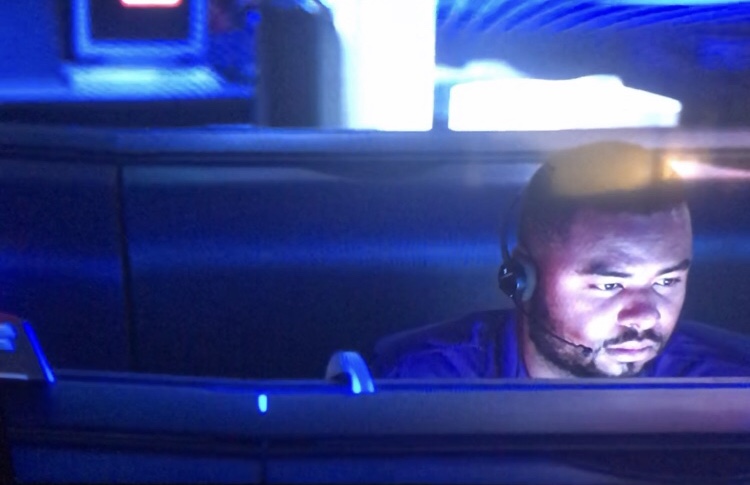
Albert “Joey” Jefferson
Flight Systems Engineer - NASA's Jet Propulsion Laboratory (JPL)
Carter High School
California State Polytechnic University Pomona
Master's Degree in Mathematics
California State Polytechnic University Pomona
Bachelor's Degree in Mathematics
From my earliest memory, I could not believe humans had figured out how to beat gravity. As a child the more I learned about flying and space exploration, the more I fell in love. When I was about 6, my grandmother and I flew to Minnesota to visit my aunt, and the captain let me sit in the cockpit of the Boeing 737. He explained to me about the yoke and throttle, and I asked as many questions as I possibly could. I was in complete awe. Although the experience may have been five minutes, the impact lasted a lifetime. Later on, I flew my first airplane at age 13, and I focused my career path on aerospace engineering.
A member of my sister's church mentioned an open spot for a three-month summer internship at NASA’s Jet Propulsion Laboratory (JPL), especially for math or engineering majors. After interviewing, I was accepted and began an excellent internship. Deep down, I knew this was an opportunity of a lifetime, so I worked harder than I've ever worked before during those three months. My supervisors noticed and gave me a training opportunity to command the Spitzer Space Telescope. With my aviation roots, the position felt like a natural fit.
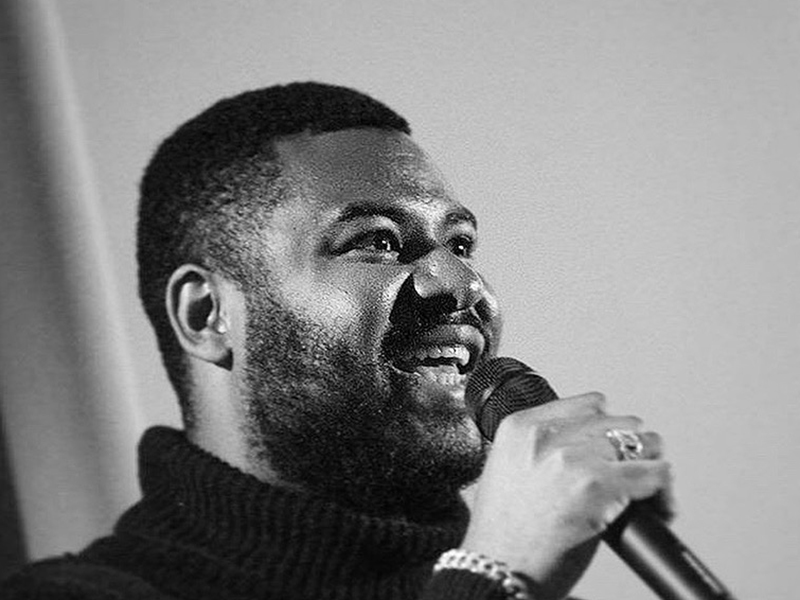
I am currently a flight systems engineer helping to operate NASA's Soil Moisture Active Passive (SMAP) and NEOWISE spacecraft. The position entails working with a variety of spacecraft subsystems (navigation, attitude determination, and control, power, thermal, flight software, etc.) to command and monitor the spacecraft, update its software and trajectory, and respond to any alarms or threats to the spacecraft throughout their missions.
While not an expert in any one subsystem, systems engineers have an expert understanding of how all the subsystems interrelate with one another. It’s a fantastic position to learn all aspects of operations needed to successfully operate a spacecraft.
Previously, I served as the group technical lead for NASA's Deep Space Network scheduling group. I was the lead DSN scheduler for the Mars 2020 Perseverance Rover mission, Juno, and ESA’s Trace Gas Orbiter, among others. DSN schedulers help conceptualize, negotiate, and implement highly competitive Deep Space Network coverage.
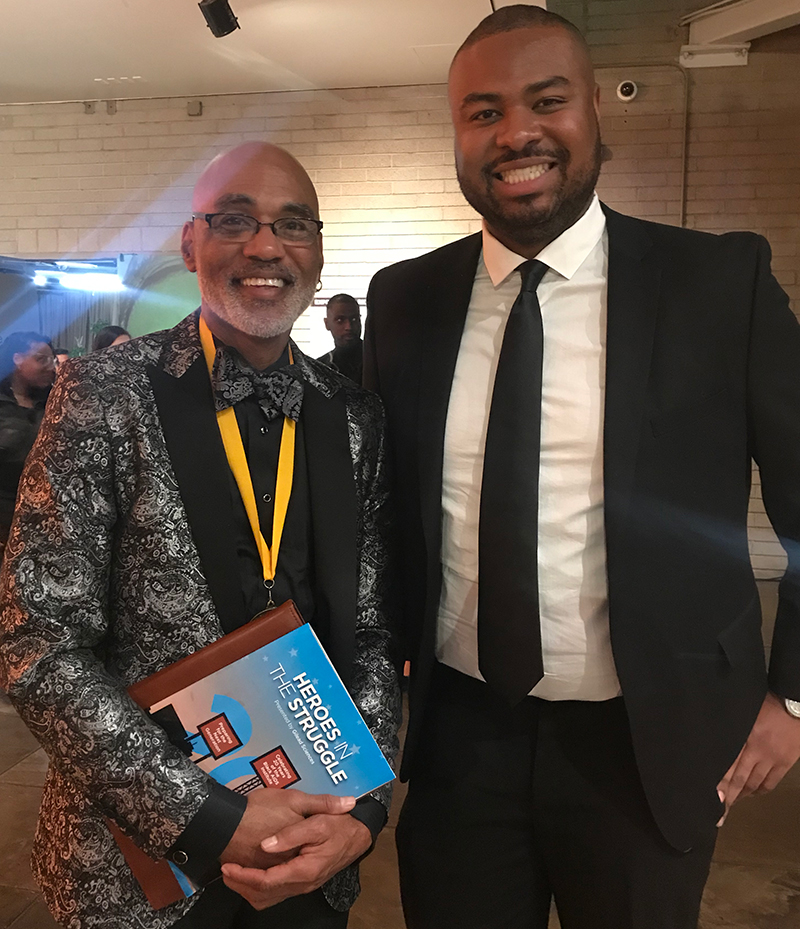
On the skill side, having the ability to multitask, research effectively, ask questions, admit mistakes and learn from them is crucial in my opinion, with emphasis on the latter. The wonderful part of working at JPL is that perfection isn't expected; however, progression is expected. No one expects you to be a perfect software engineer straight out of college, but when mistakes are made, it's essential to carefully review the cause and create a solution so the mistake is truly learned from. People will take notice of that effort.
On the education side, I believe taking computer science courses, or having knowledge in computer science, gives an edge regardless of the discipline. Having the ability to communicate succinctly and clearly, having presentation skills, and thinking outside the box are all tools that help.
I had suffered from depression during the beginning of my career, and it was by far the hardest trial I've ever had to face. Mentors – like Joseph Hunt, the project manager for NEOWISE and Mars Odyssey, and my group supervisors – helped me overcome my issues, as did being honest about my shortcomings and learning the reason I felt the way I did in therapy. Now I am in an extremely healthy place. I also believe the stigma on mental health made my journey slightly taboo, but speaking on mental health issues at this level is extremely important because it's something understood by so many people, yet not talked about enough. I am sure the more we talk about it as a community, the more people struggling with mental health will feel comfortable enough to seek help.
My mother immediately comes to mind. A single mom of four children, she allowed us to visit every state in the United States, experience a wide variety of interests throughout our childhood, and she created a bastion of love – all on a teacher’s salary. Her tenacity and strength are things that will always inspire me during tough times.
Cassini, without a doubt, was an incredible project to work for – every moment on that project felt historic. I got to experience a litany of historic moments, and I loved talking with veterans of the project about their connection to the spacecraft and science. It was a moment in my career I will never forget.
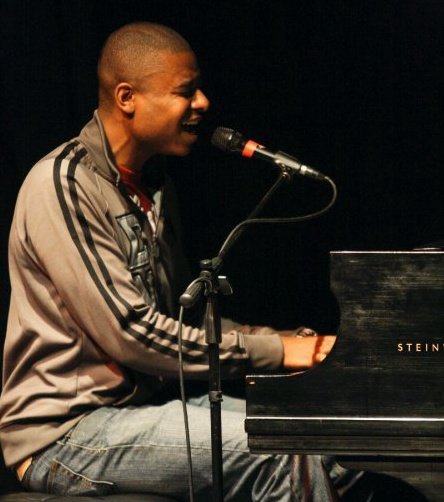
I am a musician, and I have won a few international piano awards on the amateur circuit for classical piano. I also love singing and clarinet. I find there is a distinct connection between music and mathematics, and I love relating the two every chance I get.
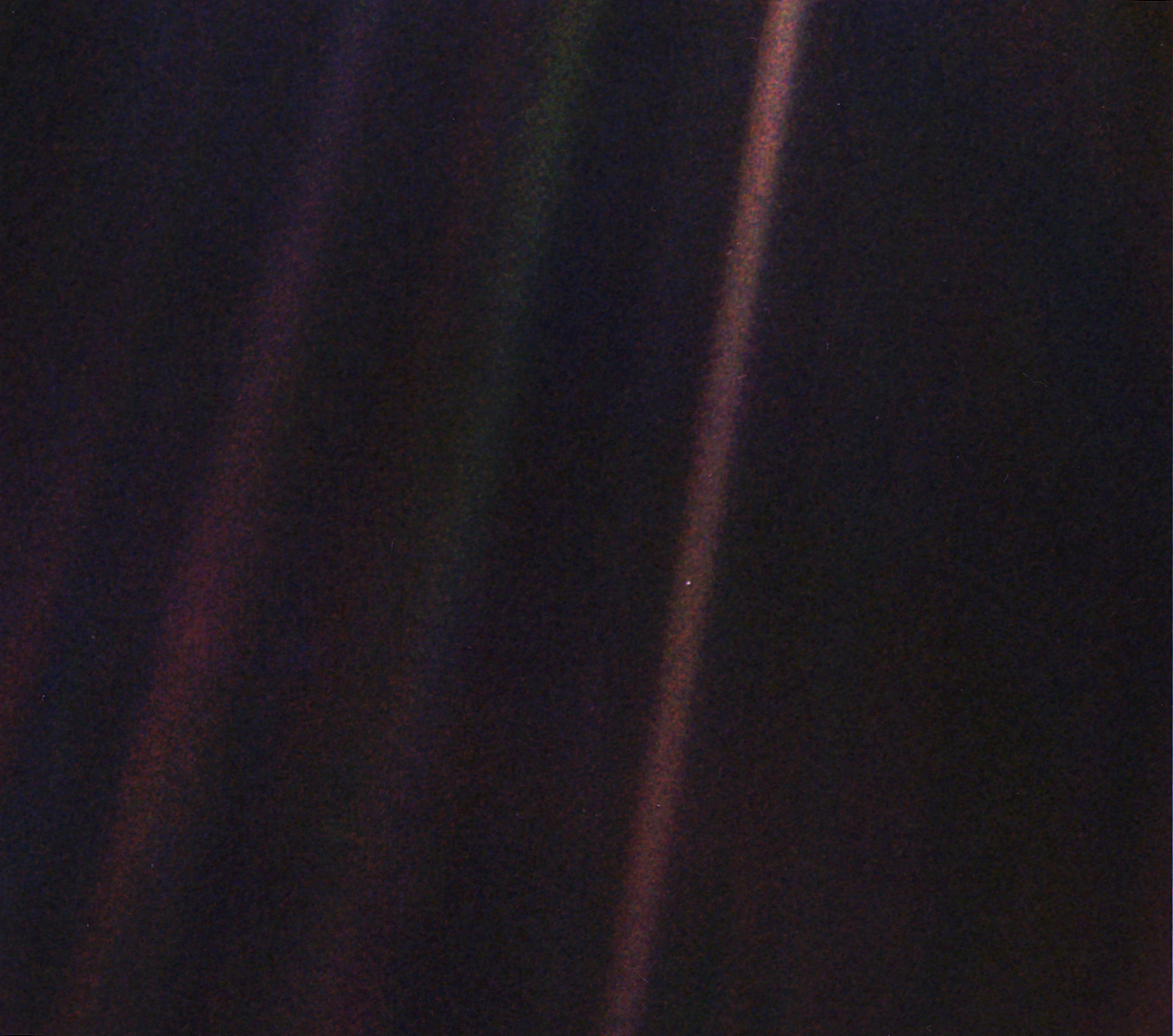
My favorite image will always be the "Pale Blue Dot" taken by the Voyager 1 spacecraft 4 billion miles away from Earth. It is immediately humbling, and subtly illustrates our minuscule home in contrast to the vast space that surrounds us. I am particularly fond of Carl Sagan's quote about the picture.
Planetary science is a global profession.

